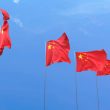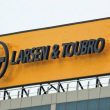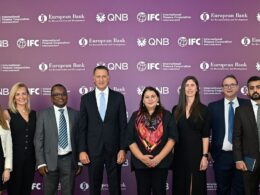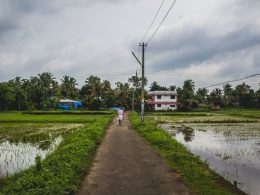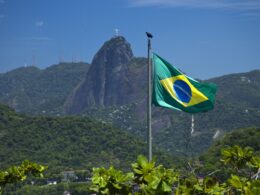The Singapore Ministry of Finance (MOF) has released the Singapore Green Bond Report for Financial Year 2024, outlining the allocation of S$2.8 billion (USD 2.1 bn) from sovereign green bond proceeds towards capital expenditure for the Jurong Region Line (JRL) and Cross Island Line (CRL). The report also highlighted the expected environmental benefits of these projects, including significant reductions in carbon emissions. A limited assurance engagement was conducted by PricewaterhouseCoopers LLP on the allocation of proceeds for the year ending 31 March 2025.
Announcing the report, Indranee Rajah, Minister in the Prime Minister’s Office, Second Minister for Finance and National Development, and Chair of the Green Bond Steering Committee, said: “Singapore will press on with comprehensive mitigation and adaptation measures to achieve our national climate targets and support sustainable development in the region. This third edition of the Singapore Green Bond Report provides an update on the progress we have made and reflects our commitment to a robust green bond programme and high-quality issuances to finance our green infrastructure.”
In June 2024, Singapore issued its first 30-year sovereign green bond, the Green Singapore Government Securities (Infrastructure) “Jun-54”, raising S$2.5 billion through syndication. This was followed in October 2024 by a S$1.5 billion re-opening of the 50-year “Aug-72” Green SGS (Infrastructure) bond, the first to be issued via auction. Both issuances saw healthy investor demand, with subscription rates of 2.4 times and 1.6 times, respectively.
In total, S$2.8 billion was allocated in FY2024, with the remaining S$3.6 billion expected to be fully directed to the JRL and CRL by the end of FY2026.
The JRL and CRL are central to the “Sustainable Living” pillar of the Singapore Green Plan 2030, supporting the nation’s target of reducing land transport emissions by 2040 and achieving net zero by 2050. When fully operational, the two lines are projected to deliver annual carbon savings of between 100,000 and 120,000 tonnes of CO₂-equivalent—equivalent to removing at least 22,000 cars from Singapore’s roads.
By the end of FY2024, the allocated proceeds of S$5.6 billion are expected to finance projects that avoid between 9,600 and 14,000 tonnes of CO₂-equivalent emissions each year.
Beyond environmental gains, the expansion of the rail network is anticipated to provide substantial socio-economic benefits, including improved resilience of the public transport system, enhanced connectivity, travel time savings for commuters, and job creation. The JRL and CRL projects alone are expected to create around 1,500 jobs by 2030.












